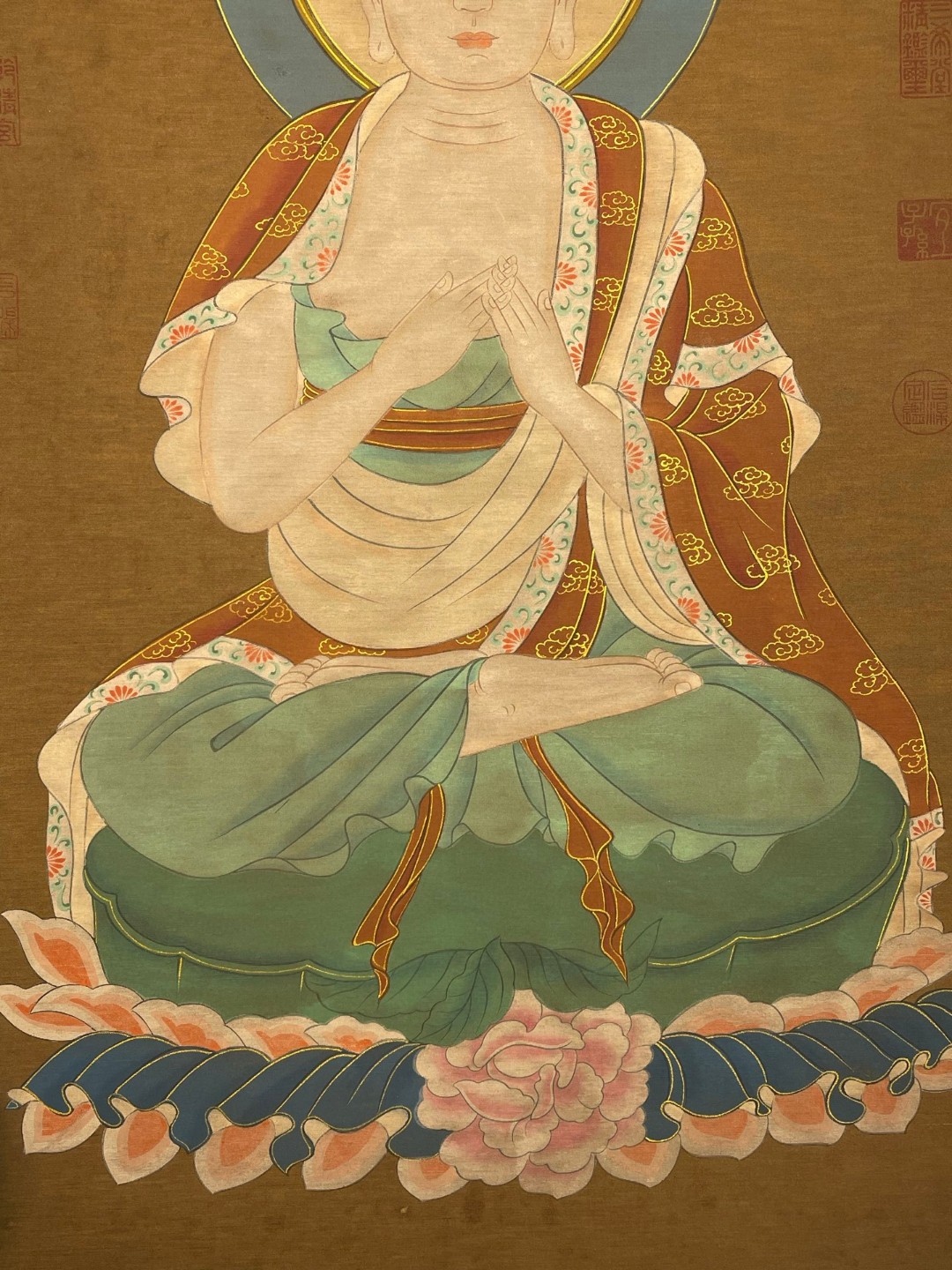In the third year of the Zhengtong reign of the Ming Dynasty, Yu Qian, who served as the Minister of War, submitted a memorial to the court requesting the suspension of the activities of the Qing imperial censor throughout the country and allowing them to return to their original positions. Among them, it was mentioned that these Qing imperial censors went to inspect various guard stations across the country and found that the number of soldiers still on duty in the country was more than 1.2 million less than the quota that the court should have. What the hell is going on here? Interested readers can follow the history encyclopedia editor to read further.

During this period, the Ming Dynasty did not engage in large-scale military campaigns, and the missing 1.2 million soldiers accounted for nearly one-third of the total military strength of the Ming Dynasty at that time. These soldiers said they escaped or died. Even if those deserters who have already been identified and re registered, they will not escape for long.
Why were there so many deserters in the Ming Dynasty army? During the establishment of the Ming Dynasty, Zhu Yuanzhang, the founder of the Ming Dynasty, followed Zhang Chang’s suggestion and established a system of garrisons throughout the country, modeled after the Tang Dynasty’s military system, which became the military system implemented throughout the Ming Dynasty. The so-called Wei Suo system refers to the establishment of Wei and Suo in important towns across the country. During the Ming Dynasty, a commander-in-chief was set up in important provinces across the country to oversee all Wei Suo in that region. As for the commander-in-chief and the military department, they are the famous Five Army Commander’s Office and the Ministry of War in the Ming Dynasty.
There were two main types of military sources in the Ming Dynasty: one was the troops established by Zhu Yuanzhang, and the other was the prisoners of war captured during battles. Local prisoners of war may not have fled, but foreign prisoners of war would definitely have the opportunity to escape. After the stability of the Ming Dynasty, there was a new source of troops, which was the group of people who committed crimes and were already criminals. Once given the opportunity, they would definitely flee. Another type is through the military registration system, which recruits soldiers nationwide. If there are more than three men in the family, one will be conscripted as a soldier. It is called Duojijun. Joining Duojijun’s household registration will result in military status, and descendants must join the army.

Afterwards, the Ming Dynasty adopted a conscription system, and by the late Ming Dynasty, even most of the Ming army was mercenaries, and the court did not directly pay salaries. These people are naturally unreliable, and running away is also normal. Moreover, due to the corruption and defeat of officials at all levels, many nobles and ministers arbitrarily recruited the garrison troops to do their own private work, causing soldiers to suffer repeatedly. After understanding the garrison system and military sources of the Ming Dynasty, it is not difficult to understand why those soldiers fled.
When Emperor Yongle was present, there were 800000 troops in Beiping. In the Chongzhen Dynasty, due to the lack of military pay, the escape became even more severe, and there were not even anyone who could fight. Can the Ming Dynasty survive without soldiers in battle?


